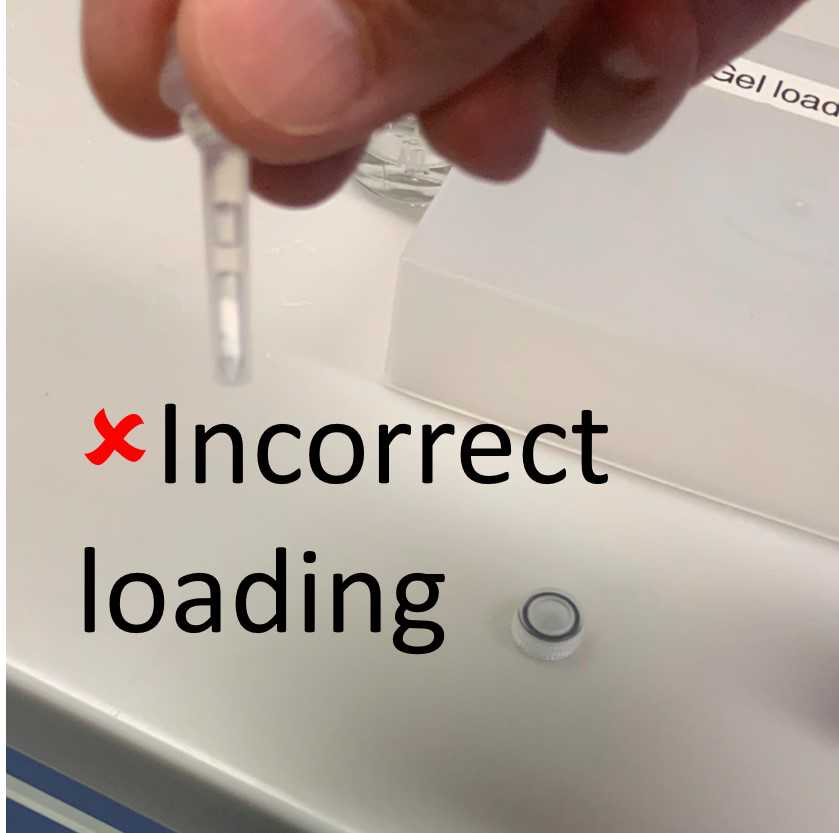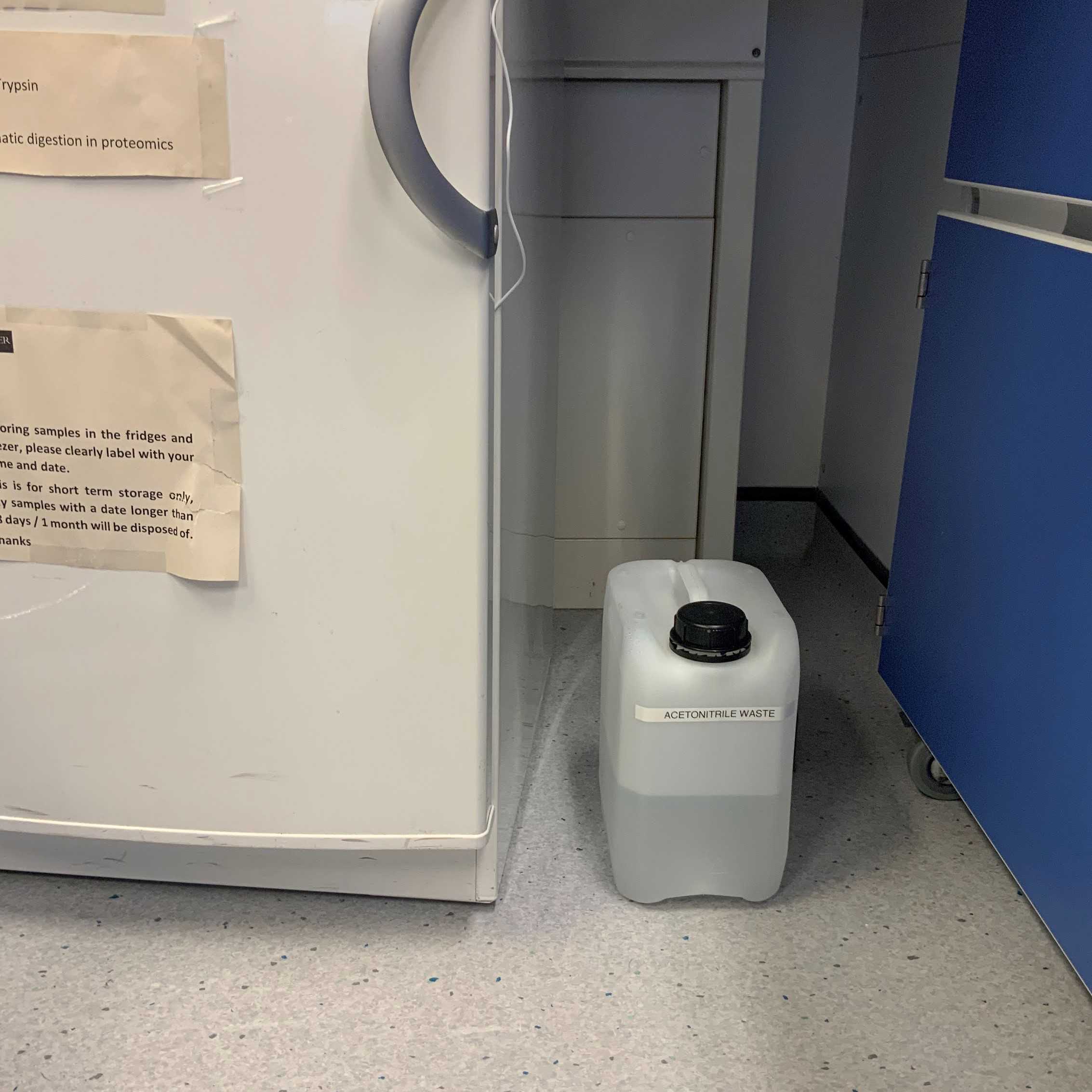S-Trap™ column digestion protocol (Protifi) of proteins for LC-MS / proteomics
ronan o'cualain, Stacey Warwood, David Knight, Emmakeevill, James Allsey
Digestion protocol
S-Trap column
Eppendorf thermomixer
Mass spec analysis
proteomics
quartz
s-trapping
S-trap
Protifi
digestion
desalting
clean-up
LC-MS
off-line
offline
enzymatic digestion
Abstract
This protocol details the in-house BioMS procedure of S-Trap™ protein clean-up and subsequent column digestion/conversion of protein to peptide using trypsin.
It is adapted from the long protocol from Protifi (as on August 2022) - https://files.protifi.com/protocols/s-trap-micro-long-4-7.pdf
Before start
Locate the Eppendorf Thermomixer
Use the 1.5mL adaptor for the Eppendorf Thermomixer, and set the thermomixer to 47°C, 1h 0m 0s, and a speed of (i.e. no shaking). 0rpm,0h 0m 0s (i.e. no shaking).
Attachments
Steps
Sample preparation
To the reduced and alkylated sample of volume either of 25µL or 50µL, add a volume of 2.5µL or 5.0µL respectively of 12% (v/v) aqueous phosphoric acid at a ratio of 1:10 for a final concentration of 1.2% (v/v) phosphoric acid and vortex mix.
Add 165µL or 330µL of S-Trap binding buffer to the 27.5µL or 55µL volumes of acidified protein lysates respectively and mix.
Sample Trapping
Place the S-Trap column on top of a 2mL Eppendorf tube. This will collect the flow-through.
Add enough of the acidified methanolic lysate to the S-Trap column.
Centrifuge the column/tube combination at 4000rcf,0h 0m 0s for 0h 2m 0s in the Eppendorf 5430R centrifuge.
Repeat the previous two steps if there is additional sample to be processed.
Sample Washing
Wash captured protein with one wash of 150µL of MTBE solution, simply add 150µL of the MTBE solution to the column, and spin at 4000x g,0h 0m 0s for 0h 2m 0s. This will remove methanol-insoluble biomolecules from the quartz filter.
Following this, perform four washes of 150µL of S-Trap binding buffer, again, add 150µL of the S-trap binding buffer, and centrifuge at 4000x g,0h 0m 0s for 0h 2m 0s.

Digestion
Move S-Trap column to a clean digestion 1.5mL Eppendorf tube.
Locate the trypsin aliquots. They are in the top shelf of freezer 3.
The frozen aliquots are at a volume of 10µL containing 20µg of trypsin (concentration of 2µg/µL).
20µL of digestion buffer is needed for each column.
If working from 50µg of protein starting material, then add 75µL of digestion buffer to the trypsin aliquot. This gives a total volume of 85µL, enough for 4 S-Trap digestions.
Add 20µL of digestion buffer containing protease at 1:10 wt:wt into the top of the micro column. Use a gel loading tip (blue box) for this step.


Cap the S-Trap column loosely to limit evaporative loss. A suggested way to do this is to close the cap until you feel resistance, then loosen one half-turn.
Incubate in the Eppendorf thermomixer for 1h 0m 0s at 47°C for trypsin.
If you wish, you may also set up this digestion step overnight, with no impact on the S-trap process. To do this, set the Thermomixer to 37°C and incubate overnight, again with no shaking.
Elution of peptides
Add 65µL of digestion buffer to the S-Trap column. Centrifuge the column / tube at 4000x g,0h 0m 0s for 0h 2m 0s, and collect.
Add 65µL of 0.1% aqueous formic acid (FA) to the S-Trap column.
Centrifuge the column / tube at 4000x g,0h 0m 0s for 0h 2m 0s, and collect, this is now combined with the first elution through the centrifugation process.
Add 30µL of 30% aqueous acetonitrile containing 0.1% formic acid. Centrifuge the column / tube at 4000x g,0h 0m 0s for 0h 2m 0s, and collect.
This elution assists in recovery of hydrophobic peptides. This is now combined with the the first and second elutions. The total volume will be approximately 200µL.


